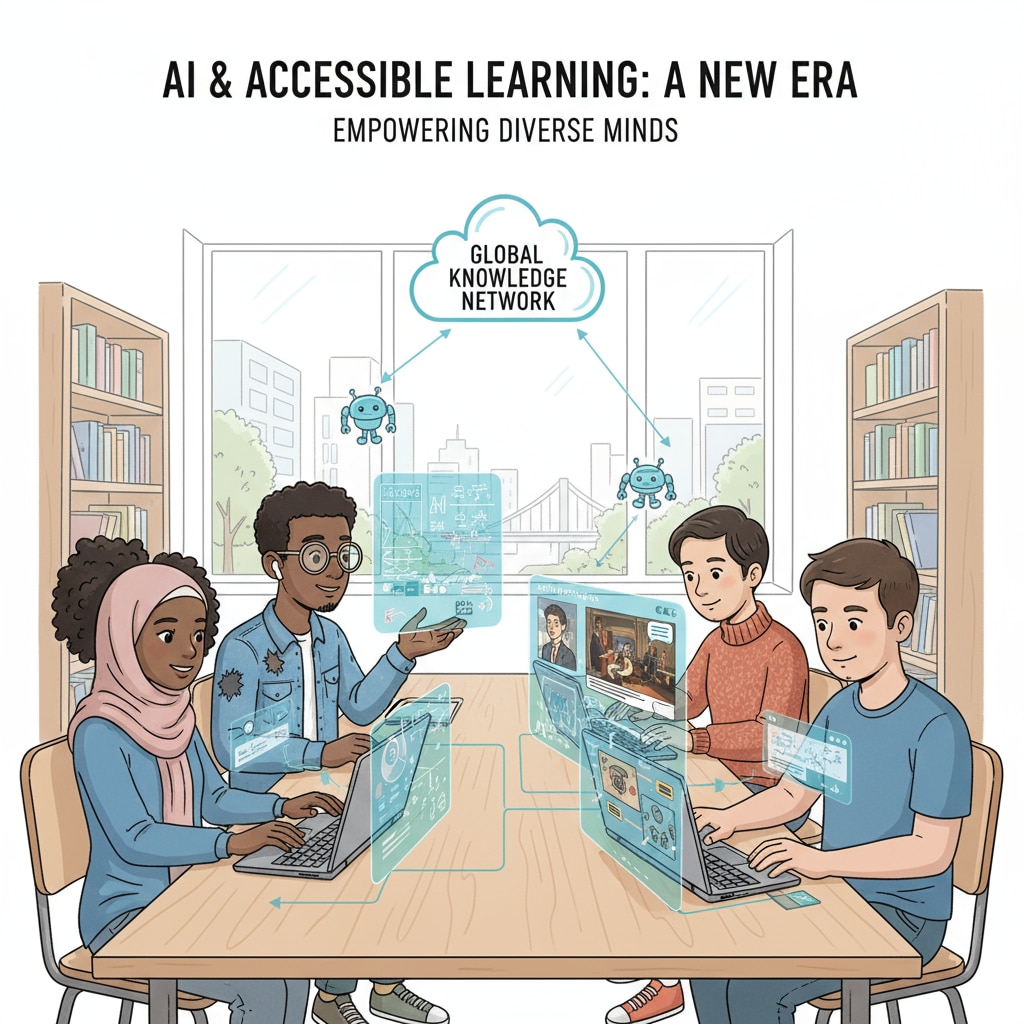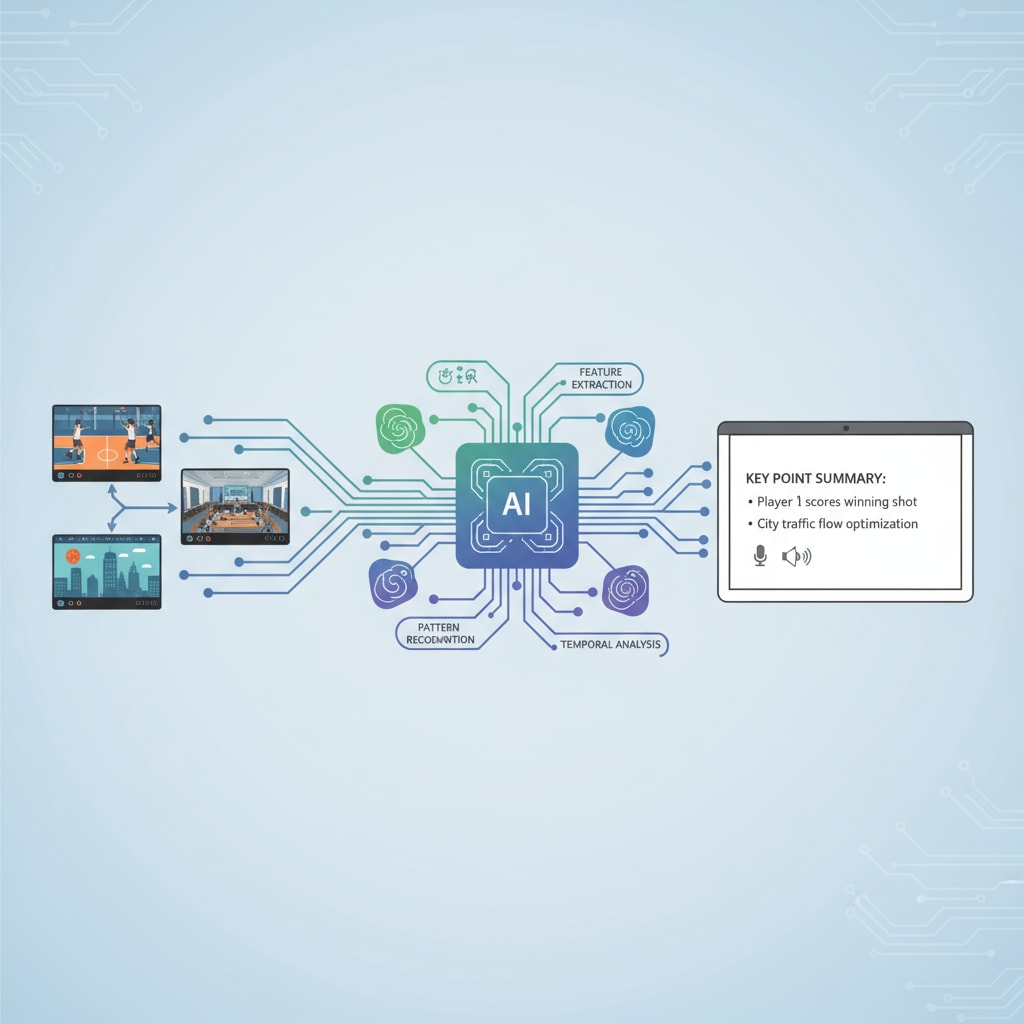Video teaching, learning equity, and AI-assisted learning are at the forefront of modern educational discussions. In today’s digital age, the use of video in education has become widespread, but achieving true learning equity remains a challenge. AI, however, offers new possibilities to bridge the gaps.

The Potential of AI in Video Teaching for Learning Equity
AI has several features that can significantly improve learning equity in video teaching. For example, its automatic key point summarization function is a game-changer. Students with different learning conditions, whether they have limited access to in-person tutoring or are facing difficulties in keeping up with the video content, can benefit greatly. This function condenses the essential information from video lessons, allowing students to quickly grasp the main ideas. As a result, those who might otherwise struggle to extract key knowledge can now have equal access to educational resources. According to Artificial intelligence in education on Wikipedia, AI can adapt to individual learning paces, which is crucial for ensuring that every student, regardless of their background, can learn at their own speed.

Ethical Considerations in AI-Assisted Video Teaching
While the potential of AI in video teaching is exciting, it also brings various ethical concerns. One major issue is data privacy. When AI systems are used to analyze students’ learning behaviors and preferences during video teaching, a vast amount of personal data is collected. Protecting this data is of utmost importance. Otherwise, students’ privacy could be violated. Additionally, there is a risk of bias in AI algorithms. If the data used to train these algorithms is not diverse enough, the AI may provide unfair advantages or disadvantages to certain groups of students. As stated in Ethical issues of artificial intelligence on Britannica, addressing these biases is essential to maintain the integrity of the educational system.
Another aspect to consider is the over-reliance on AI in video teaching. While AI can be a powerful tool, it should not replace the role of educators completely. The human touch, such as emotional support and personalized guidance, is still irreplaceable in the learning process. Therefore, a balance must be struck between leveraging AI for efficiency and maintaining the quality of human interaction in education.
Readability guidance: By using short paragraphs and lists, we can clearly present the key points. Each H2 section provides a focused discussion, and we have controlled the proportion of passive voice and long sentences. Transition words like “however”, “therefore”, and “for example” have been evenly distributed throughout the text to enhance the flow.


